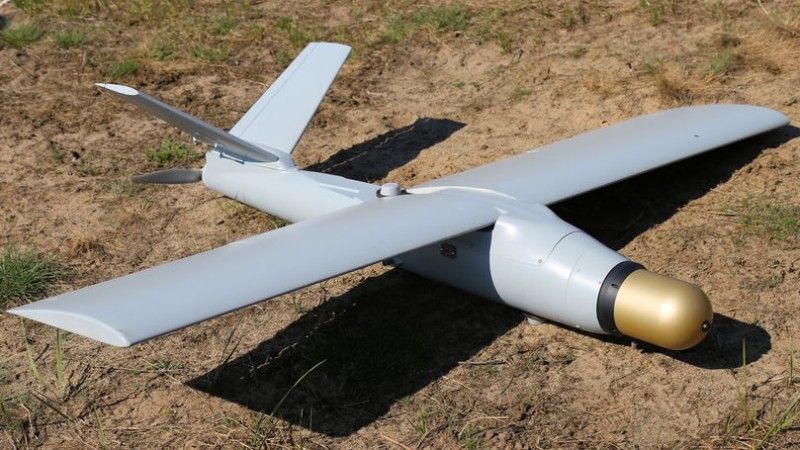Polish Loitering Munitions in Libya

Interesting imagery from Libya is circulated around social media, showing elements of the WB Group’s Warmate UCAV.
Warmate is one of the WB Group’s flagship products in the UAV category. Its popularity is on par with the FlyEye recce UAV that could be coupled with the Warmate loitering munition. Contrary to the FlyEye, Warmate is much smaller. It weighs 5 kilograms, being 1.1 meters long, with a wingspan of 1.4 meters. It has a flight endurance of 30 minutes, and it may be operated at distances of up to 10 kilometers from the operator. The UAV can be armed with a myriad of warheads, live or training ones. Thanks to the modular design of the system the warheads may be adopted to be effective against the specific target. Warmate is classified as loitering munitions. It carries a warhead weighing around 500 grams. The warhead types available include HE, fragmentation or thermobaric warhead types.
Time to check foreign sales of the WB Electronics “Warmate” loitering munition. Cc: @Oded121351 @N_Waters89 @trbrtc pic.twitter.com/iaYID4i9NV
— Abraxas Spa (@AbraxasSpa) April 15, 2020
UCAVs as such have already been delivered to some foreign customers. Turkey is among those customers. It is involved in the conflict in the region on the GNA side - however, several other states also operate the system described here. Thus, one cannot unanimously define as to who employed the Warmates in Libya.
Analyzing the imagery, one may deduce that the depicted example was damaged before use. The lack of wings and rear stabilizers is the main distinctive feature that makes it possible to make such an assumption. The mounting points for these, visible, remain undamaged. The above may suggest that the UCAV in question had not been completely assembled before the front part of the fuselage was damaged.
Despite its lack of completeness, Warmate depicted is carrying the GK-1 HEAT IR warhead. It is a 500 g HEAT warhead with a thermal imaging camera. It is capable of achieving penetration of up to 180 mm of RHA. This may mean that the aircraft was damaged when it was being readied for take-off. Another possible scenario is that a damaged example has been captured. Despite the lack of information, the event itself is interesting as it constitutes a proof of operational use of the system.
Pantsir air defence systems made in Russia are also present in Libya, operated by UAE (acting against the Turkish Bakatayar TB2 tactical UCAVs). These have been integrated on the German-made MAN trucks, similarly to the Turkish KORAL electronic warfare systems. Ankara also employs the E-7 AEW platforms, based on Boeing 737. Legacy US-made Hawk air defence systems are used by both sides of the conflict. UAE is also using the Wing Loong MALE UAVs supplied by China.
